With numerous treks located in the heart of Himalayas, India is rich in difficult treks for people who love to take challenges. Due to the high enthusiasm in trekkers and the concerned queries, it is quite essential to know about the best in town. Most of the treks that we will be discussing later on in the article are situated in and around Uttarakhand.
Table of Contents
List of Top 11 Most Tough Treks in India
Are you ready for the challenges? Make sure you have all arrangements in place before heading on to your preferred destination afoot. In case you need help planning your next trek, we at Himalayan Dream Treks are well known for creating customized travel according to our customers’ needs. Contact us at info@himalayandreamtreks or +91 80896 93825. The following list contains all you need to know about the most difficult treks in India, spread across the mighty Himalayas:
1. Auden Col
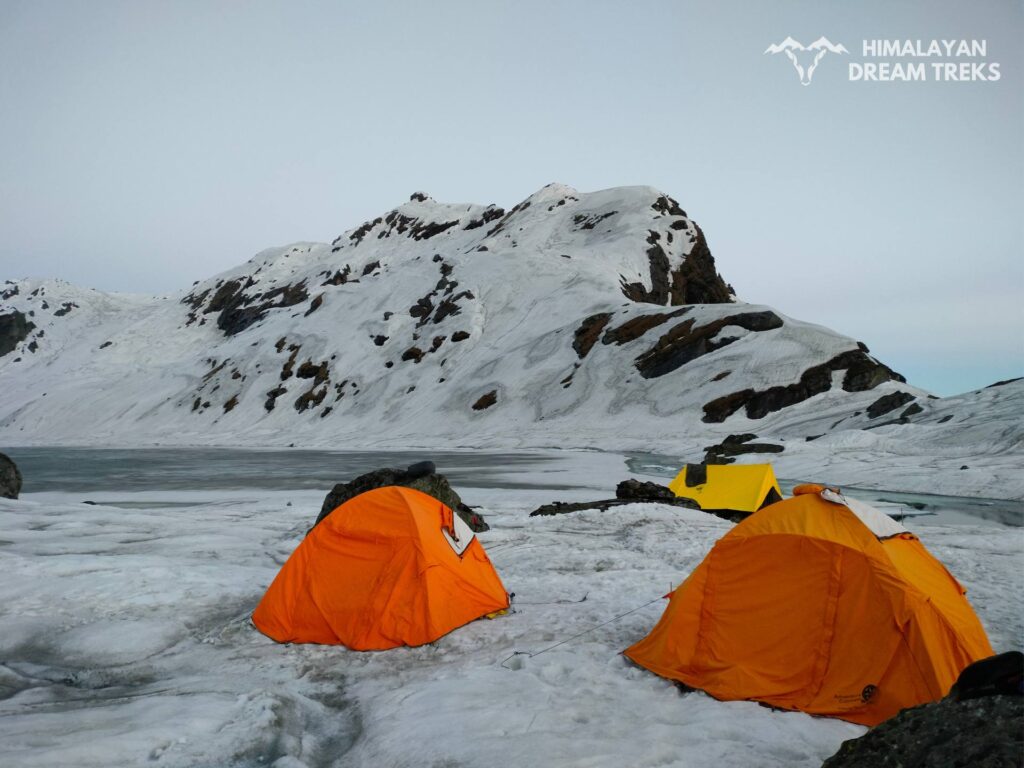
Location: The Auden’s Col trek is located in the Garhwal region of Uttarakhand, connecting the Gangotri and Kedarnath. The trek starts from Uttarkashi, passes through Gangotri, and concludes at Rishikesh. The route bridges the Rudragaira and Bhilangana valleys, crossing the high to altitude Auden’s Col at 5,490 meters.
Duration: The Auden’s Col trek, one of the most difficult treks in India, takes 15 nights and 16 days to complete, making it one of the longer and more demanding ones. The journey is spread across multiple campsites, including Nala Camp, Rudragaira Base Camp, and the Khatling Glacier.
Challenging features: The Auden’s Col trek tops the list due to the narrow route, combined with the length of the trek. It might not be feasible to go here if you have not been on any of the other difficult treks. Ample experience is needed, along with some high level intuition in order to complete this trek.
Major attractions of route:
- Views of the Gangotri III and Jogin I peaks
- Khatling Glacier
- Lakes of Masar Tal and Vasuki Tal
Best time to visit: The best time to visit Auden’s Col is from May to June and September to October, due to absence of snowfall and a navigable route. Going uphill apart from these months is strictly barred for safety purposes.
2. Kalindi Khal
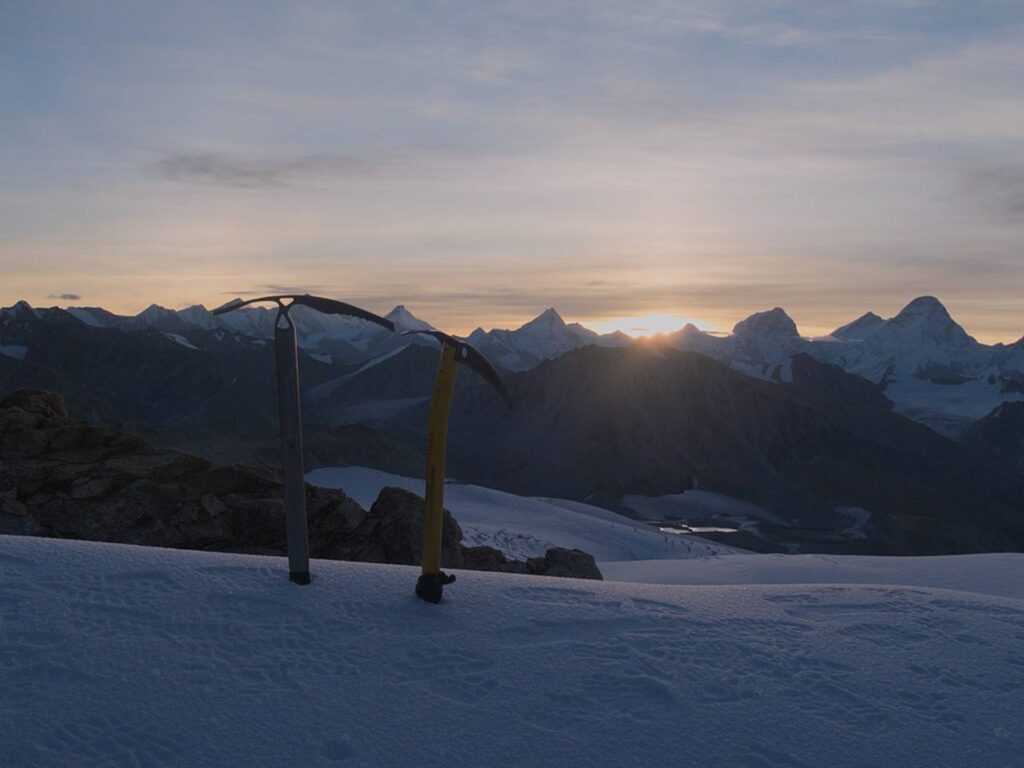
Location: This trek holds a special place in the list as it is known for connecting the sacred towns of Gangotri and Badrinath in Uttarakhand. You get to experience life in Garhwal Himalayas, with lots of cultural experiences depending on the time of visit. The altitude is almost 6000 metres, making it one of the highest trekking passes in the country. The route covers a distance of approximately 86 to 100 kilometers. Calling this trek challenging might be an understatement.
Duration: The Kalindi Khal trek usually takes around 2 weeks to complete as you move upwards the mountain terrain. A buffer zone of 2 days is necessary, for acclimatization in order to prevent any health hazards. Trekkers must be prepared for camping in harsh conditions, often above 4,000 meters.
Challenging features: Kalindi Khal is renowned due to its technical glacier crossings. The trail is full of those times when one mistake will make or break the deal. Recent visitors believe that believing in yourself while crossing, is an added advantage to your expertise and experience. On completing this trek, you surely deserve a pat on the (aching) back!
Major attractions of route:
- Views of peaks such as Shivling, Meru, Bhagirathi, and Satopanth
- Gangotri Glacier and Vasuki Tal.
- Aura of Gangotri and Badrinath
Best time to visit: The best time to undertake the Kalindi Khal trek is from mid to June to early September, when the snow has receded and the passes are accessible. Early summer and late monsoon offer the most stable weather conditions, reducing the risk of storms and other problems associated with climbing. Booking with experienced guides during the recommended season is highly advised.
3. Lamkhaga Pass Trek
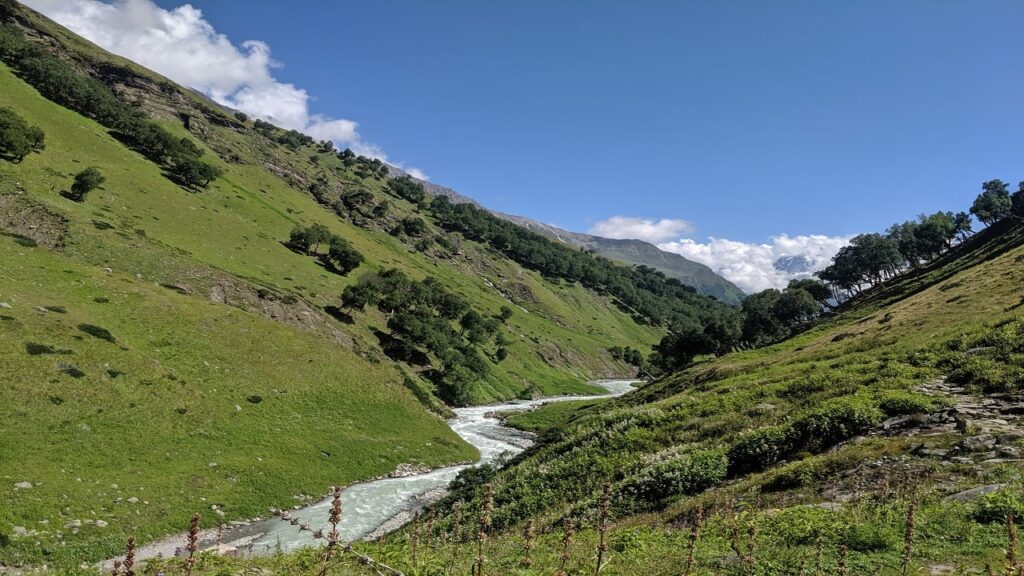
Location: The Lamkhaga Pass trek is an epic adventure that connects the remote regions of Uttarakhand and Himachal Pradesh, starting from the village of Harsil and ending at Chitkul, the last inhabited village near the Indo to Tibetan border. You get to experience a delicate blend of Garhwal and Kinnauri cultures. The trek is renowned for its isolation, making it a favorite among experienced trekkers seeking some time off from social life. The route’s remoteness will also make sure that you have an unspoiled and authentic Himalayan experience.
Duration: The Lamkhaga Pass trek typically takes 10 to 15 days to complete, depending on a lot of physical factors. Camping at beautiful locations is one of the added advantages of this trek.
Major attractions of the route:
- Views of the Kinnaur and Garhwal Himalayas
- Villages like Nagasthi and Rani Kanda
- Baspa Valley
Best time to visit: The best time to embark on the Lamkhaga Pass trek is from May to October, when trekkers are exposed to less troubles by the mountain weather.
4. Panpatia Col
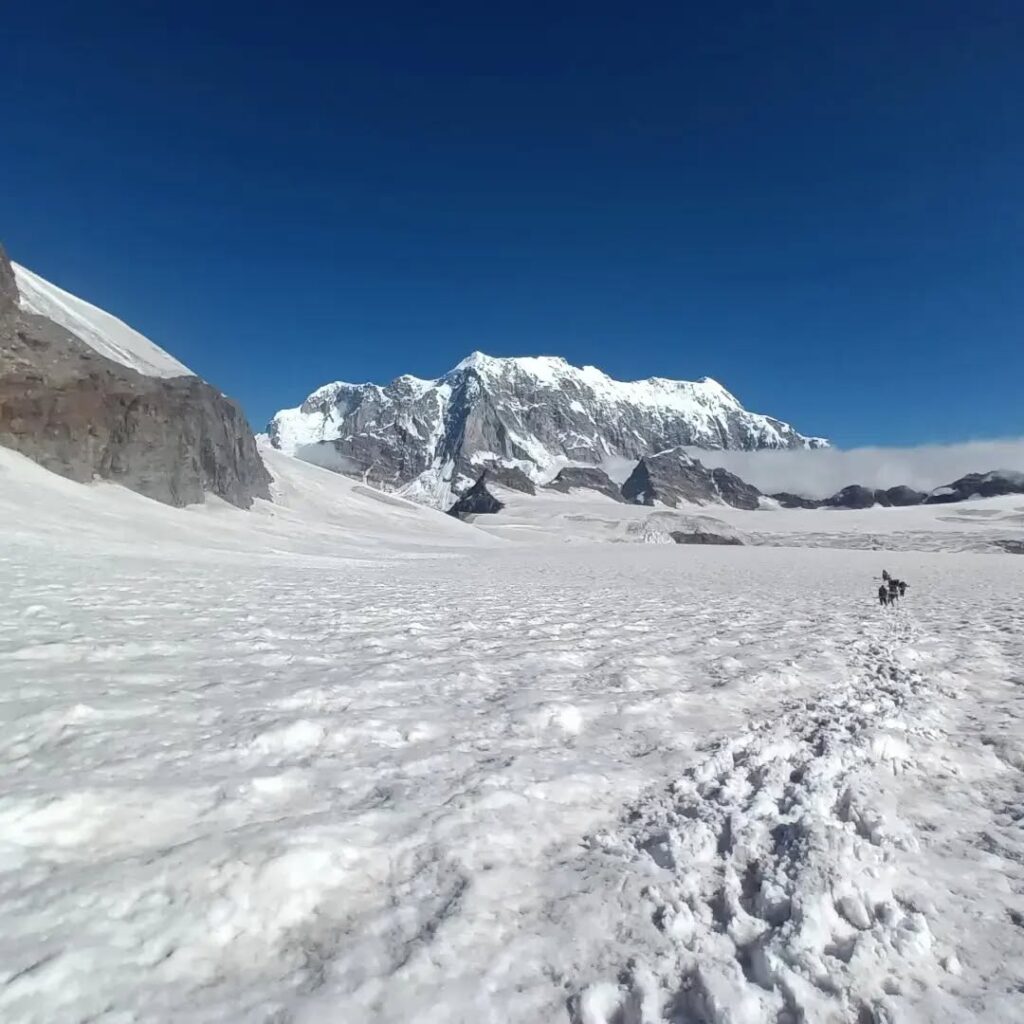
Location: For believers of Hinduism, the Panpatia Col trek offers twin benefits It connects the sacred shrines of Badrinath and Kedarnath. In the path you will see Panpatia Glacier and as you move forward, the view would be breathtaking.
Duration: The Panpatia Col trek can be completed within 12 to 15 days. The journey involves long days of trekking with several campsites set up in remote locations. Each day presents new challenges, from river crossings to steep mountainous areas. The moment you think that the trek has become easy, a new surprising challenge would be waiting for you because that is the very nature of Panpatia Col.
Challenging features: The Panpatia Col trek is renowned for its extreme difficulty, with some cliffs that lead to adrenaline rush as per even the most fearless trekkers. It is believed that like any other trek, self to sufficiency and preparedness are important before you begin your trek. There have been instances of people returning mid way from Panpatia Col because it gets way too challenging at times.
Major attractions of route:
- Views of beautiful peaks such as Neelkanth, Balakun, Hathi Parvat, and Dhauliganga once you reach the top
- Experience the spiritual vibes of Badrinath and Kedarnath temples
Best time to visit: The best time to undertake the Panpatia Col trek is from May to June and September to October, when the weather is relatively stable and the trails are accessible. During these months, the snow has melted enough to make the high passes navigable, but temperatures remain cool and pleasant. Monsoon months should be avoided due to the risk of landslides and slippery trails. Winter brings heavy snowfall, making the route impassable and extremely dangerous. Planning your trek during the recommended months ensures the safest and most enjoyable experience.
5. Gupt Khal
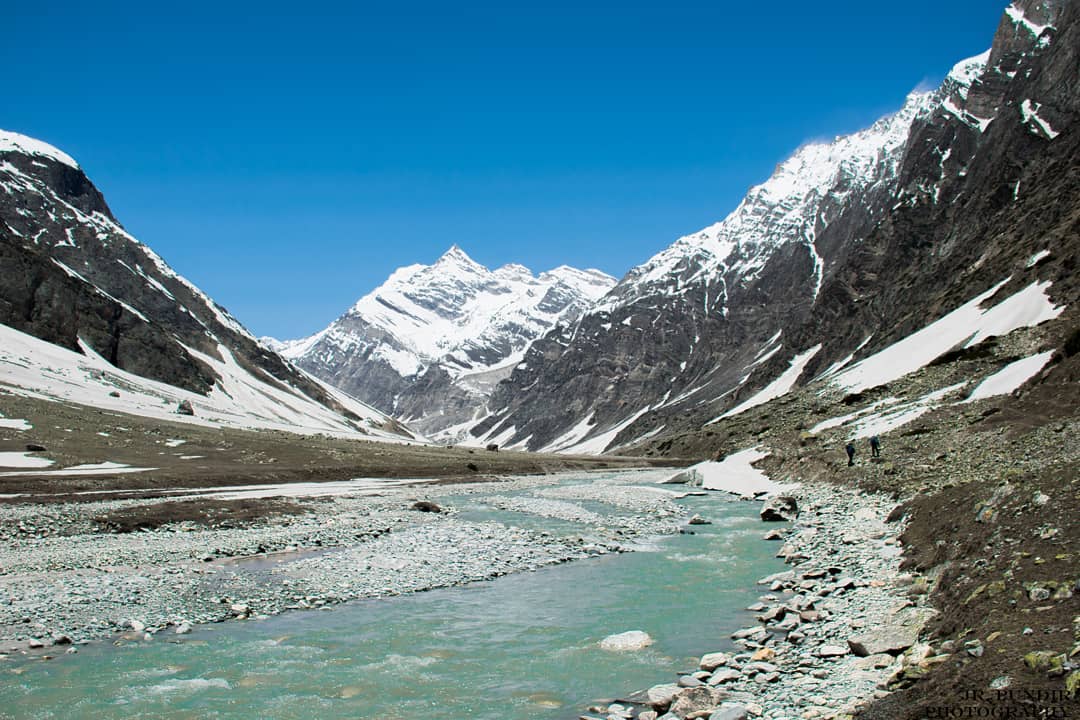
Location: The Gupt Khal trek is a hidden gem located in the Chamoli district of Uttarakhand. Gupt Khal, meaning the “hidden pass,” lives up to its name by offering a route that is both secretive and has a lot of hidden surprises ranging from unique flowers to innate forest life.
Duration: The Gupt Khal trek will take you a total of 13 days and 12 nights to complete. Each day involves several hours of strenuous trekking, often over rough areas. The duration depends on the fitness level and experience of the trekker to some prefer to begin slow and then pace up. You can very well plan according to your stamina.
Best time to visit: The best time to undertake the Gupt Khal trek is from May to June. The spring season may not be that feasible due to the thin air. Only experienced trekkers should go after the monsoon season as the challenges are aggravated due to change in humidity levels and you might not be able to judge the scenario well.
6. Borasu Pass

Location: The Borasu Pass trek is a thrilling adventure that connects the Har Ki Dun valley in Uttarakhand with the Baspa Valley in Himachal Pradesh. One thing is guaranteed along with adventure, that you will get a chance to pass through some of the most remote and scenic regions of the Indian Himalayas. Make sure to stay in the moment and experience all that the beautiful route has to offer you.
Duration: The Borasu Pass trek takes 8 days and 7 nights to complete, making it a relatively shorter but intense experience altogether. A week of adventure is surely promised, while you tread through dense forests and enjoy the cold breeze.
Challenging features: Borasu Pass is considered a moderate to difficult trek due to its route. Recent trekkers have pointed out that proper fitness is a must because the temperature fluctuations are random, with little or no time to acclimatize beyond a point.
Best time to visit: The best time to undertake the Borasu Pass trek is from May to June and September to October. Pre monsoon season should be avoided due to the unpredictable weather. Even if you are there at that time, plan your descent way before the rainy season in order to avoid chances of slippery routes and any other weather related hazards.
7. Dhumdhar Kandi
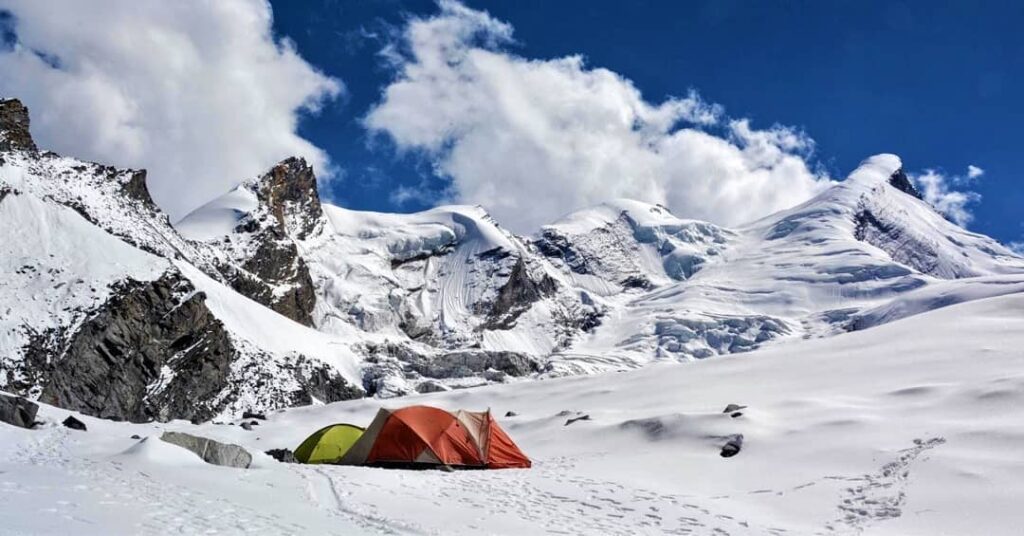
Location: The Dhumdhar Kandi Pass trek connects the sacred pilgrimage sites of Gangotri and Yamunotri. The altitude is 5,490 meters, making it a challenging one.
Duration: The Dhumdhar Kandi trek typically takes around 15 to 18 days to complete, depending on the chosen itinerary and acclimatization needs. Planning well has proven to be the only gamechanger, as per both successful and unsuccessful trekkers of this route.
Challenging features: Dhumdhar Kandi is considered the most difficult trek in Uttarakhand because you will need high level technical skills and experience. The unpredictable mountain weather in this trek is more challenging than any other trek mentioned in the list. Staying mindful of the path and a bit of patience will help you throughout this trek.
Major attractions of route:
- Black Peak glacier
- Swargarohini
- Bandarpunch glacier
- Devsu and Kyarkoti bugyals (alpine meadows)
Best time to visit: The best time to head onto the Dhumdhar Kandi trek is from May to June and September to October because of the ease of access. The temperatures remain cool and pleasant even though daytime trekking might be a bit strenuous due to direct sunlight.
8. Bhamsaru Khal
Location: The Bamsaru Khal trek is referred to as the hidden gem by experienced trekkers as it lies deep in the Garhwal Himalayas of Uttarakhand. There are dense forests as well as high altitude passes. The trek is renowned for its challenging terrain but the added advantage of untouched natural beauty will definitely make it worth the experience for you. It is also hailed as an offbeat Himalayan adventure.
Duration: The Bamsaru Khal trek, on an average, takes around 9 days to complete. The pace should be slow, with appropriate breaks for a wholesome experience and preventing burnout before reaching the summit.
Challenging features: Bamsaru Khal is considered a difficult trek due to its high altitude, challenging glacier crossings, and steep routes. Rocks act as a major challenge at times and while reaching the top, isolation is another big challenge. It is advised not to go on this trek if you are doing your first difficult destination.
Major attractions of route: The major attractions of the Bamsaru Khal trek include stunning views of the surrounding Himalayan peaks, dense forests, and the unique Himalayan experience. Exploring unnamed places is the best part of this trek, as there are not many landmarks. People looking for a combination of peace and adventure should definitely opt for this one.
Best time to visit: The best time to undertake the Bamsaru Khal trek is from May to June and September to October. During these months, the snow has melted enough.
9. Nanda Devi East Base Camp
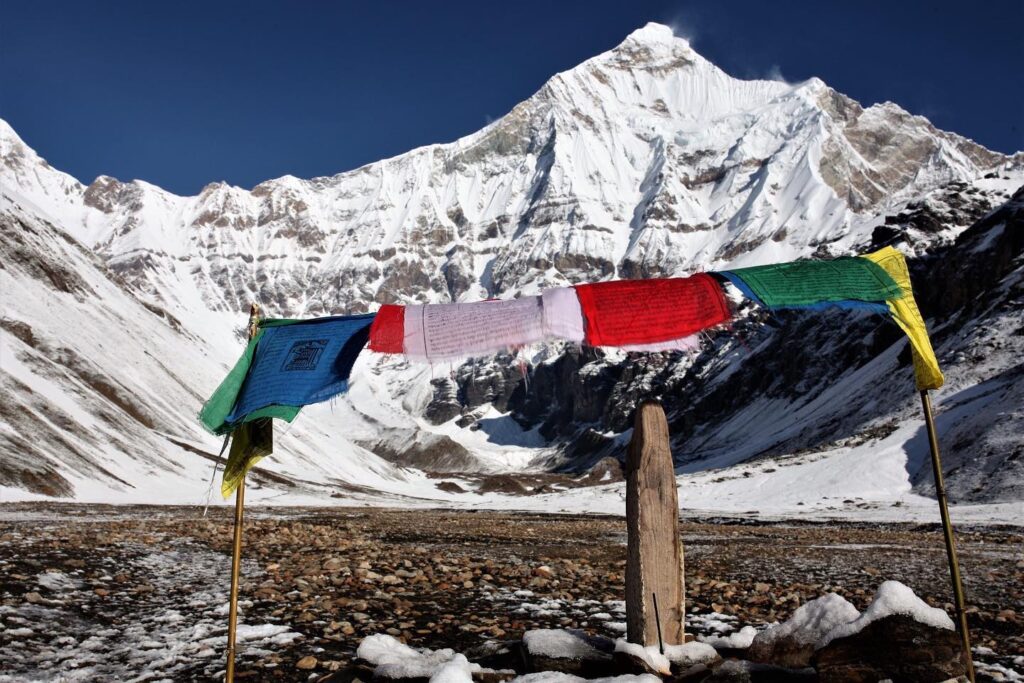
Location: The Nanda Devi East Base Camp trek is located in Devbhoomi Uttarakhand’s Pithoragarh district. The actual area is called the Kumaon Himalayas. Starting from Kathgodam, you will have to pass through remote but beautiful villages like Martoli and Ganghar. You will find culture at its best. The final destination is at the base camp of India’s second to highest peak, Nanda Devi East, near the Tibet border. It has been experienced that this highly popular trek makes it to the bucket list for people who are passionate about trekking and wish to level up their trekking game.
Duration: This challenging 10 to 11 day trek covers approximately 110 km of Himalayas with daily treks averaging 8 to 18 km. The itinerary includes acclimatization days at Khaliya Top.
Challenging features: The trek’s high altitude of around 4,725 metres and unpredictable weather pose risks of AMS (Acute Mountain Sickness). Trekkers have even experienced snowstorms out of nowhere, even when they were expecting clear weather. The icy Pachu Glacier is the most difficult part Sub to zero temperatures ( to 5°C to to 10°C) test a lot of things ranging from stamina to availability of good trekking gear.
Major attractions of route:
- View of twin peaks, that is, Nanda Devi East and West from the base camp
- Nanda Devi National Park, a UNESCO site
- Indo to Tibetan trade routes
- Bhagirathi and Rishi glaciers
Note: There is no light pollution in this area. It is advisable to limit artificial lighting near the habitats of animals as it might invite unnecessary trouble in the forest areas.
Best time to visit: May to June (pre to monsoon) and September to October (post to monsoon) are ideal, with stable weather and clear views. During these times, the average temperature range is 5°C to 15°C, and there is no challenge of heavy snow.
10. Pin Parvati Pass

Location: The Pin Parvati Pass trek connects Himachal’s Parvati Valley with Spiti Valley. Starting from Kasol, the route ascends to 5,319 m at the pass. You get to experience a range of nature from pine forests to high to altitude deserts.
Duration: Pin Parvati trek lasts for 10 to 12 days and you might have to indulge in 6 to 8 hours of daily trekking across glaciers, snowfields, and rocky moraines. Acclimatization stops at villages like Tunda Bhuj and Thakur Kuan are a must, according to the experience of recent visitors.
Challenging features: The to 10°C temperatures challenge even fit adventurers. At times you might also require ropes or ice axes. Severe weather might reduce visibility to zero. There are no rescue options beyond Kheerganga.
Major attractions of route:
- Mantalai Lake, believed to be Lord Shiva’s meditation spot
- Hot springs at Kheerganga
- Pin Valley National Park
Note: Stargazing during this trek is an added advantage, wherever you plan to spend the night. Seasoned trekkers have shared their experiences of getting a glimpse of the whole milky way at times.
Best time to visit: Mid to June to September is the best time to go for this trek, as snow blocks the pass otherwise. July to August offers wildflower blooms but it might be risky due to occasional landslides in Parvati Valley. September provides stable weather and clearer views of Spiti. Winter season is a big no.
11. Chadar Trek
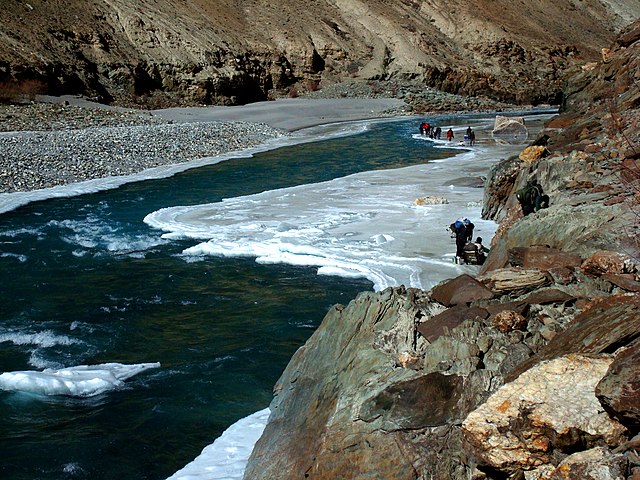
Location: The Chadar Trek follows the frozen Zanskar River in Ladakh, a 105 to km winter trail used for centuries by locals. Starting from Chilling village, this attractive yet challenging trek involves walking on a 3 to foot thick ice sheet at to 25°C to to 35°C. The route connects remote Zanskari villages like Lingshed and Nerak, cut off from the world in winter. It is safe to say that this trek is a photographer’s paradise, with landscapes found nowhere else in India. Do not forget to take your camera to capture the wonders of nature!
Duration: The 8 to 9 day trek demands walking 15 to 20 km daily on slippery ice, often in pitch darkness where you might even need headlamps at times.
Challenging features: The ever changing ice sheet risks cracking. Frostbite is another threat and you should take care of proper layering.
Major attractions of route:
- Frozen waterfalls like Nerak’s “Ice Tsomo”
- Zanskari culture in Lingshed Monastery and traditional homestays (where available)
- Guru Ghantal Monastery near Lingshed, dating back to the 12th century
Best time to visit: January to mid to February is prime time, when the Chadar (ice sheet) is most stable. Early January risks thin ice, while late February brings melting and unsafe conditions. Temperature lies between 10°C to 35°C. It is better to avoid December due to incomplete freezing and March due to thawing. Permits are mandatory and best arranged through registered Ladakh tour operators.
Frequently Asked Questions
- Can a person with altitude sickness go for difficult treks in India?
Yes, but it is always better to keep SOS medicine handy. Optimum fitness levels are required for trekking. It is better to take precautions and have light meals. Pressure difference is the only change that might affect your health, coupled with drooping temperatures. It will not be difficult if you focus on going slow, acclimatizing properly and taking care of diet.
- Should a beginner go for the difficult treks?
With the proper guidance, even beginner level treks can ace the aforementioned treks. Proper stamina and essential gear are non-negotiables when it comes to slightly difficult treks.
- Which is the most difficult trek in Uttarakhand, India?
While it is difficult to pinpoint on one specific trek being the most difficult in Uttarakhand, some top contenders include Auden Col, Kalindi KHal and Trail’s pass.
Conclusion
Getting ready for a trek always begins with deciding where you wish to go. For experienced people who need to step up their trekking game, the aforementioned list is sure to be of great help. On the other hand, these treks are amazingly beautiful, in addition to being hard. The general progression should ideally be from easy treks when you have no experience, to these kind of hard ones, once you have become a pro at acing the tough summits with much ease. It is essential to follow the general guidelines and keep a check on the weather related updates. As you would already be aware, the whole experience improves manifold once you have all the planning in place. So, “get set go” with your checklist and head on towards whichever difficult trek suits you the most.
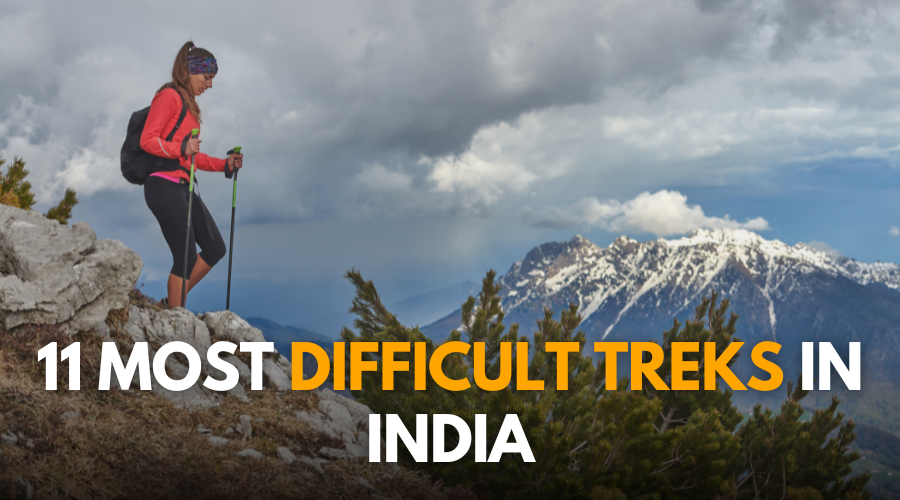
Leave a Comment